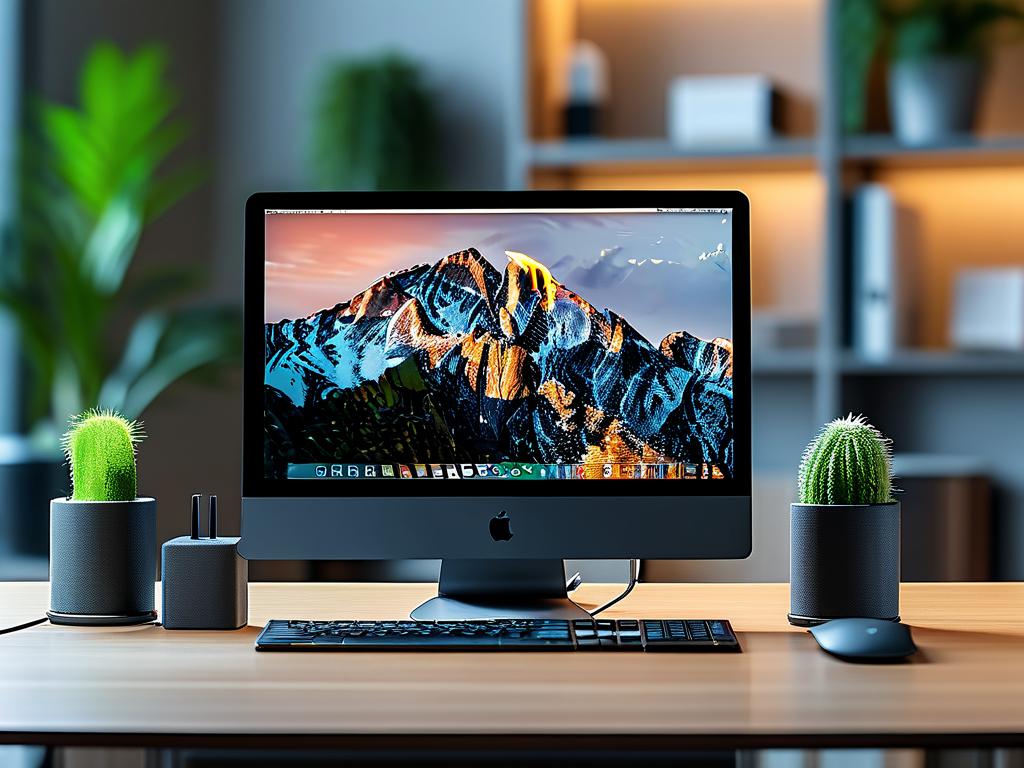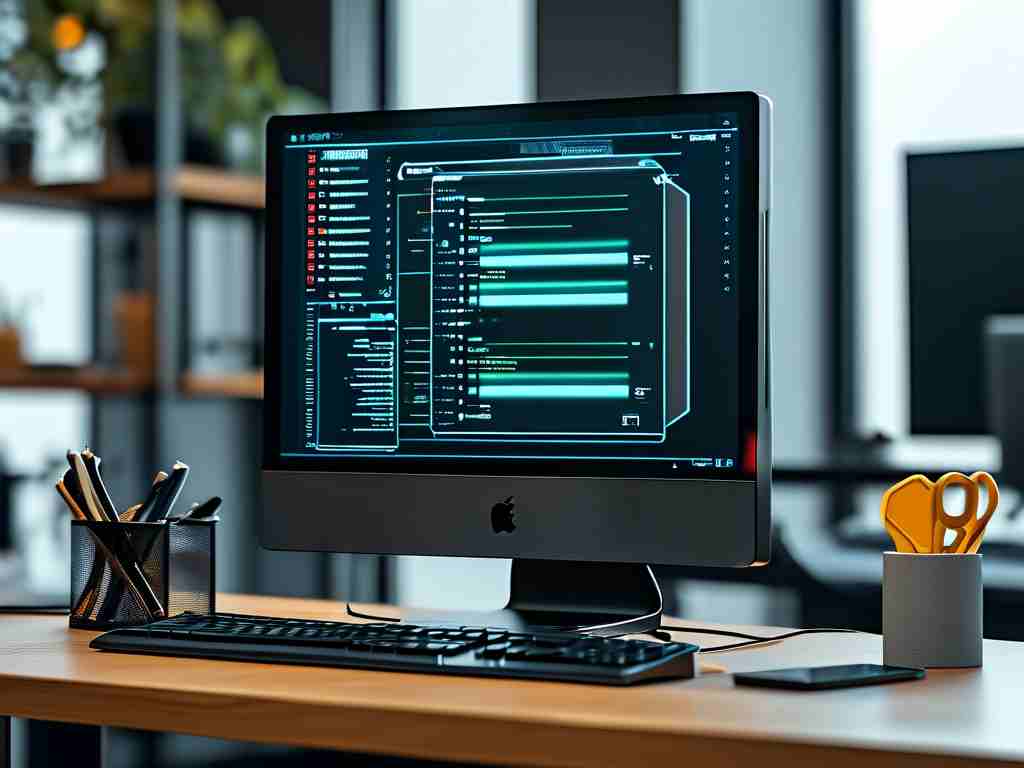In the realm of computer performance optimization, the question of whether hidden processes consume significant memory has sparked debates among users on platforms like Zhihu. This article delves into the technical nuances of background processes, their memory footprint, and practical strategies for managing system resources effectively.

Understanding Hidden Processes
Hidden processes, often referred to as background or system processes, are tasks running without a visible interface. These include essential services like antivirus scanners, system updates, or driver utilities. While some are critical for functionality, others may belong to third-party applications operating stealthily. A common misconception is that "hidden" automatically equates to "memory-heavy," but this isn’t universally true.
Memory Consumption Dynamics
The memory usage of hidden processes varies widely. Core system services (e.g., Windows’ "svchost.exe" or Linux’s "systemd") are designed to operate efficiently, often sharing resources or remaining dormant until triggered. However, poorly optimized software—such as outdated drivers or bloatware—can leak memory or hog resources unnecessarily. For instance, a Zhihu user reported a case where a hidden updater process consumed 300MB of RAM due to a coding flaw.
To inspect memory usage, users can leverage built-in tools:
- Windows: Task Manager (Ctrl+Shift+Esc) → Details tab → Sort by "Memory."
- Linux: Terminal command
toporhtopfor real-time monitoring. - macOS: Activity Monitor → Memory tab.
Case Study: Zhihu Community Insights
A Zhihu thread titled "Do Hidden Processes Slow Down My PC?" revealed diverse experiences. One user noted that disabling non-essential startup processes via msconfig freed up 1.2GB of RAM on a Windows machine. Conversely, another cautioned against terminating processes like "RuntimeBroker," which handles app permissions, as it could destabilize the system.
Managing Hidden Processes
- Audit Startup Programs: Tools like Autoruns (Windows) or
systemd-analyze(Linux) identify auto-launching processes. Disable unnecessary entries. - Update Software: Developers often patch memory leaks in updates. A Zhihu contributor emphasized updating GPU drivers to resolve hidden process issues.
- Use Lightweight Alternatives: Replace resource-heavy apps (e.g., opting for SlimBrowser over Chrome) to minimize background strain.
When to Worry
Abnormal memory spikes (e.g., a process using 90% of RAM) may indicate malware. Tools like Malwarebytes or Windows Defender can scan for malicious hidden processes. Additionally, the Linux command lsof -p [PID] helps trace files accessed by suspicious tasks.
While hidden processes are integral to modern operating systems, their memory impact depends on design and purpose. Proactive monitoring and informed management—guided by community insights from platforms like Zhihu—can optimize performance without compromising stability. Always cross-verify process legitimacy before termination to avoid system errors.









